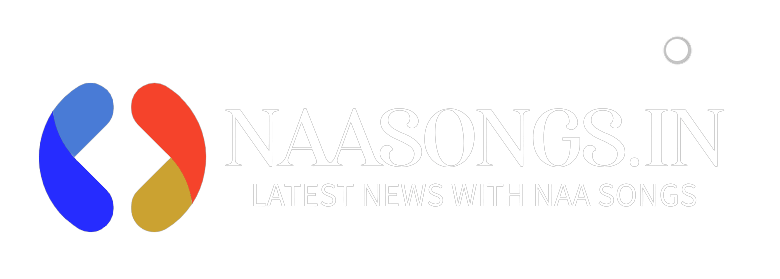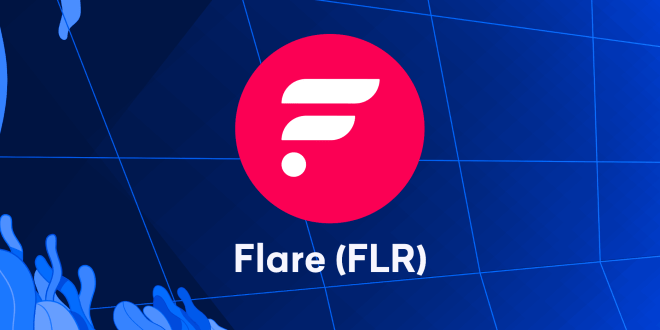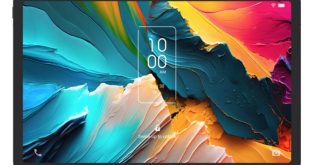As the blockchain industry continues to evolve, the demand for decentralized applications (dApps) has skyrocketed. The need for efficient and secure platforms to build these dApps has led to the creation of several blockchain protocols. Three of the most promising ones are Flare’s FLR, Elrond’s EGLD, and Avalanche’s AVAX. In this article, we’ll compare these three protocols and determine which one has the potential to be the best token for dApps.
Overview of Flare’s FLR, Elrond’s EGLD, and Avalanche’s AVAX
Flare’s FLR, Elrond’s EGLD, and Avalanche’s AVAX are all blockchain protocols that aim to provide a decentralized and secure platform for building dApps. Each of these protocols has its unique features and characteristics that make them stand out in the blockchain industry.
Flare’s FLR is a smart contract platform that uses the Ethereum Virtual Machine (EVM) to enable the creation of dApps on its blockchain. It also features a novel consensus mechanism known as the Federated Byzantine Agreement (FBA), which enables it to achieve high throughput while maintaining decentralization.
Elrond’s EGLD, on the other hand, is a fast, secure, and scalable blockchain platform that uses sharding to achieve high throughput. It also features a novel consensus mechanism known as the Adaptive State Sharding, which allows it to dynamically adjust the number of shards based on the network’s demand.
Avalanche’s AVAX is a highly scalable and customizable blockchain platform that enables the creation of customizable blockchains known as subnets. It also features a novel consensus mechanism known as the Avalanche consensus, which enables it to achieve high throughput while maintaining security and decentralization.
Comparison of Flare’s FLR, Elrond’s EGLD, and Avalanche’s AVAX
To determine which one of these protocols has the potential to be the best token for dApps, we need to compare them based on various factors such as:
- security
- scalability
- speed
- adoption
Project Security
Security is a crucial factor when it comes to choosing a blockchain protocol for building dApps. Flare’s FLR uses a novel consensus mechanism known as the Federated Byzantine Agreement, which enables it to achieve high security while maintaining decentralization. Elrond’s EGLD, on the other hand, uses the Secure Proof of Stake (SPoS) consensus mechanism, which is designed to prevent centralization and collusion. Avalanche’s AVAX uses the Avalanche consensus mechanism, which enables it to achieve high security and decentralization while maintaining high throughput.
Scalability Capabilities
Scalability is another critical factor when it comes to building dApps on a blockchain platform. Flare’s FLR can achieve high throughput due to its novel consensus mechanism, the Federated Byzantine Agreement. Elrond’s EGLD uses sharding to achieve high throughput and can dynamically adjust the number of shards based on the network’s demand. Avalanche’s AVAX uses subnets to achieve high throughput and can also customize blockchains based on the specific requirements of the dApp.
Transaction Speed
Speed is also an essential factor when it comes to building dApps. Flare’s FLR can achieve high throughput, with the ability to process up to 10,000 transactions per second. Elrond’s EGLD can achieve up to 15,000 transactions per second, making it one of the fastest blockchain platforms available. Avalanche’s AVAX can process up to 4,500 transactions per second, which is still impressive compared to many other blockchain protocols.
Token Adoption
Adoption is another important factor to consider when choosing a token for dApps. A token with a large and active community can provide developers with the resources and support they need to build successful projects. Let’s compare the adoption of Flare’s FLR, EGLD, and AVAX tokens.
Flare’s FLR token is a relatively new entrant to the market, having only been launched in December 2020. However, it has already gained a significant amount of attention and adoption, particularly within the XRP Ledger community. The token has been integrated with a number of popular wallets and exchanges, and the Flare team has been actively working to build out its ecosystem.
Elrond’s EGLD token has also gained a significant amount of adoption, particularly within the DeFi space. The token has been integrated with a number of popular DeFi platforms, including Aave, Curve, and SushiSwap, and has been listed on a number of major exchanges. The Elrond team has been actively working to build out its ecosystem and has recently launched a new initiative called Maiar, which aims to make blockchain technology more accessible to the general public.
Avalanche’s AVAX token has also gained a significant amount of adoption, particularly within the DeFi and gaming spaces. The token has been integrated with a number of popular DeFi platforms, including Curve, Aave, and SushiSwap, and has been listed on a number of major exchanges. In addition, the Avalanche team has been actively working to build out its ecosystem and has recently announced partnerships with a number of major gaming platforms.
In terms of adoption, all three tokens have their own unique strengths and weaknesses. FLR is a newer token but has already gained a significant amount of attention within the XRP Ledger community. EGLD and AVAX have both gained significant adoption within the DeFi space, with EGLD also making strides toward mainstream adoption through the Maiar initiative and AVAX gaining traction within the gaming community.
EGLD, AVAX and FLR Token Price
One important factor to consider when choosing a token for dApps is the price. The price of a token can have a significant impact on the success of a project. Flare’s FLR, EGLD, and AVAX all have different price points, so let’s take a closer look at each one.
According to MEXC Price and market stats tracking pages Flare’s FLR token price has been gaining a lot of attention recently due to its unique approach to smart contract execution. As of April 20th, 2023, the price of FLR is $2.67. This relatively low price point makes FLR an attractive option for developers who are just starting out and want to keep their costs low.
As of April 20th, 2023, the price of EGLD is $406.22. While this price may be a bit higher than FLR, it is still relatively affordable compared to other tokens on the market.
As of April 20th, 2023, the price of AVAX is $71.39. While this price may seem high compared to FLR, it is still relatively affordable compared to other high-performance blockchain platforms.
In terms of price, all three tokens have their own unique advantages and disadvantages. FLR’s low price point makes it an attractive option for developers who want to keep their costs low, while EGLD and AVAX offer high performance and scalability at a slightly higher price point.
Conclusion
In conclusion, choosing the best token for dApps depends on your individual needs and preferences. If you’re looking for a newer token with potential for growth, FLR could be a good option. If you’re interested in the DeFi space, both EGLD and AVAX have gained significant adoption and integration within DeFi platforms. Finally, if you’re looking for a highly scalable and fast network, both EGLD and AVAX could be good options to consider.
 Naa Songs
Naa Songs




